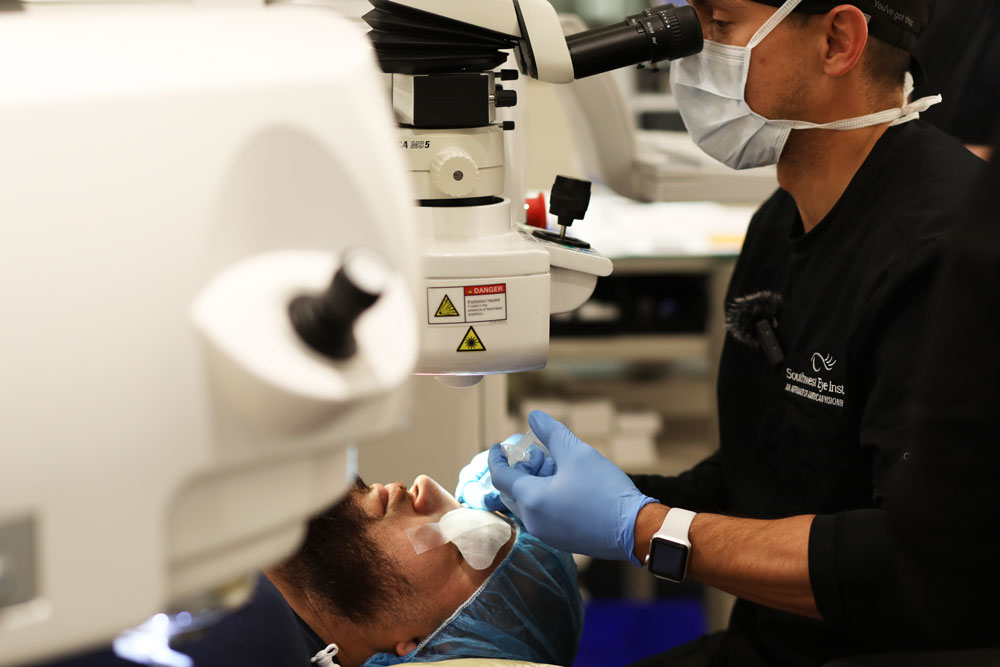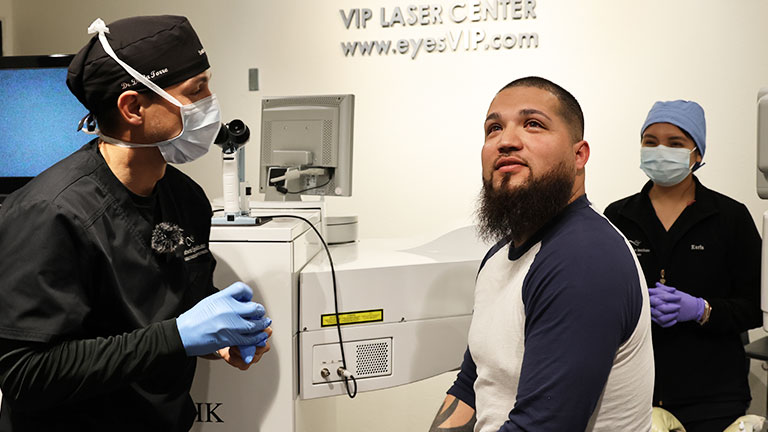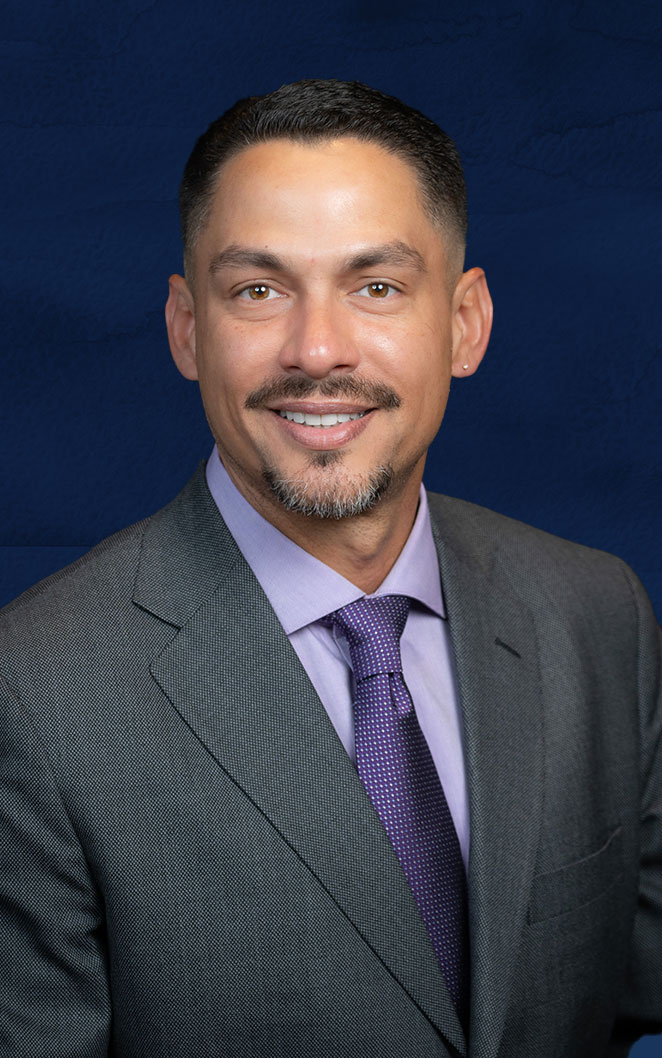About the LASIK Procedure
Before the procedure, the surgeon applies topical anesthetic drops to numb your eyes and prevent discomfort. If needed, the doctor may approve medication to help you relax. After administering the drops, the surgeon uses a lid speculum to keep your eyes open and a femtosecond laser to create a thin flap over the cornea. A specialized excimer laser then removes some corneal tissue. By reshaping the cornea, the LASIK process helps light focus properly on the retina, improving vision.
Each LASIK procedure is customized to meet your specific vision goals. The type of LASIK surgery varies depending on your vision challenges.
Once the surgeon reshapes the cornea, they reposition the flap over the treated area. The cornea then heals naturally.
Advanced LASIK Technology
During the LASIK procedure, surgeons use highly specialized excimer lasers to reshape the cornea and correct refractive errors.
At Southwest Eye Institute, surgeons use femtosecond lasers to create the initial flap precisely. These lasers, representing the pinnacle of technology development, ensure that the flap conforms to your eye’s unique anatomies and securely fits back in place.
Surgeons also use wavefront-guided lasers to map eye optical system defects. These devices analyze how light travels through the eye, allowing the creation of a customized LASIK treatment plan for each patient.
A German-engineered Wavelight Allegretto Wave Eye-Q laser then corrects visual imperfections in each eye. This specialized laser preserves the natural curvature of the cornea, reducing the risk of unwanted side effects such as poor night vision or halos.
LASIK Recovery
After the LASIK procedure, you may experience irritation or watery eyes for a few hours. Blurry vision is normal immediately after surgery but typically improves within a day or two. Most patients feel comfortable after taking a short nap while wearing protective eye shields to prevent accidental eye rubbing.
Many patients notice significant vision improvement within a few days. To aid recovery, get plenty of rest and follow your doctor’s instructions on prescribed medications. Avoid rubbing your eyes or engaging in vigorous physical activity for at least a week. While some doctors recommend taking a day or two off from work, many patients can return the next day.
LASIK Lifetime Vision Program
Our Vision for Life Program reflects our commitment to supporting your LASIK vision results for a lifetime. We trust our surgeons and the long-term stability of your results. Our goal is to help you maintain the best possible vision throughout your life.
The primary benefit of the Vision for Life Program is our assurance that if an enhancement becomes medically necessary, eligible and participating patients can receive the procedure at no cost from any VISION for Life surgeon nationwide.




